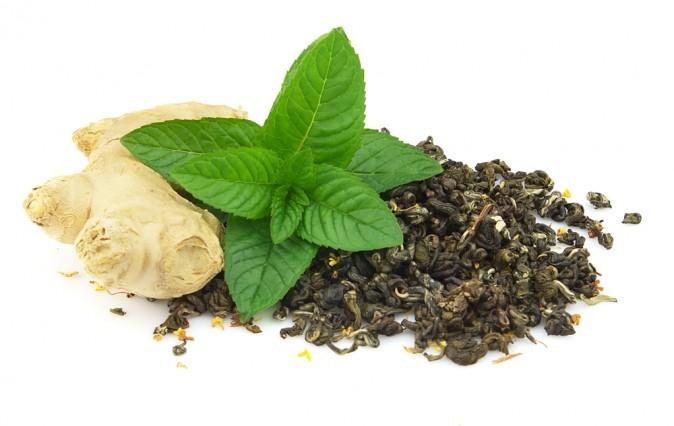During every cold and flu season we can expect lots of advertisements for flu vaccines.
I’ve written extensively on the dangers of flu vaccines before, and the fact that they simply do not work—according to the scientific evidence.
So here’s a timely review of what you can do to protect yourself and your family from colds and any type of flu this season, and in years to come.
What Causes Colds and Influenzas?
Both colds and various influenzas are caused by a wide variety of viruses (not bacteria).
While the two ailments typically affect your respiratory tract, there are some differences between them.
Common symptoms of a “regular cold” include runny nose, congestion, cough, and sore throat. The symptoms of the flu tend to be far more severe, as the influenza viruses are capable of causing severe lung infection, pneumonia, and even respiratory failure. They also tend to affect your joints—hence that allover achy feeling.
The most common way these viruses are spread is via hand-to-hand contact. For instance, someone with a cold blows their nose then shakes your hand or touches surfaces that you also touch.
However, the key to remember is that just being exposed to a cold virus does not mean that you’re destined to catch a cold.
If your immune system is operating at its peak, it should actually be quite easy for you to fend off the virus without ever getting sick. Ditto for flu viruses. If your immune system is impaired, on the other hand, they can easily take hold in your body. So, it’s important to understand that the reason you catch a cold or flu is that your immune system is impaired. It’s not an inevitable event based on exposure alone.
Lifestyle factors that can depress your immune system, alone or in combination, include:
- Eating too much sugar, particularly fructose, and too many grains. The average person is consuming about 75 grams of fructose per day, and when fructose is consumed at that level it can devastate your immune system.
One of the ways it does this is by unbalancing your gut flora. Sugar is “fertilizer” for pathogenic bacteria, yeast, and fungi that can set your immune system up for an assault by a respiratory virus. Most people don’t realize that 80 percent of your immune system actually lies in your gastrointestinal tract. That’s why controlling your sugar intake is CRUCIAL for optimizing your immune system.
It would be wise to limit your total fructose consumption to below 25 grams a day if you’re in good health, or below 15 grams a day if you have high blood pressure, diabetes, heart disease, or are insulin resistant.
- Vitamin D deficiency, as a result of insufficient sun exposure
- Not getting enough rest
- Insufficient exercise
- Using ineffective strategies to address emotional stressors
Vitamin D Deficiency: An Underlying Cause of Both Colds and Influenzas
It’s estimated that the average U.S. adult typically has two to four colds each year, while children may have up to a dozen. Each year, between five and 20 percent of the US population also come down with flu-like illness, according to Medline.
One reason for the widespread prevalence of colds and the flu may be that vitamin D deficiency is incredibly common in the United States, especially during the winter months when cold and flu viruses are at their peak. Research has confirmed that “catching” colds and flu may actually be a symptom of an underlying vitamin D deficiency. Less than optimal vitamin D levels will significantly impair your immune response and make you far more susceptible to contracting colds, influenza, and other respiratory infections.
In the largest and most nationally representative study of its kind to date, involving about 19,000 Americans, people with the lowest vitamin D levels reported having significantly more recent colds or cases of the flu -- and the risk was even greater for those with chronic respiratory disorders like asthma. At least five additional studies also show an inverse association between lower respiratory tract infections and vitamin D levels.
But the research is quite clear, the higher your vitamin D level, the lower your risk of contracting colds, flu, and other respiratory tract infections. I strongly believe you could avoid colds and influenza entirely by maintaining your vitamin D level in the optimal range.







